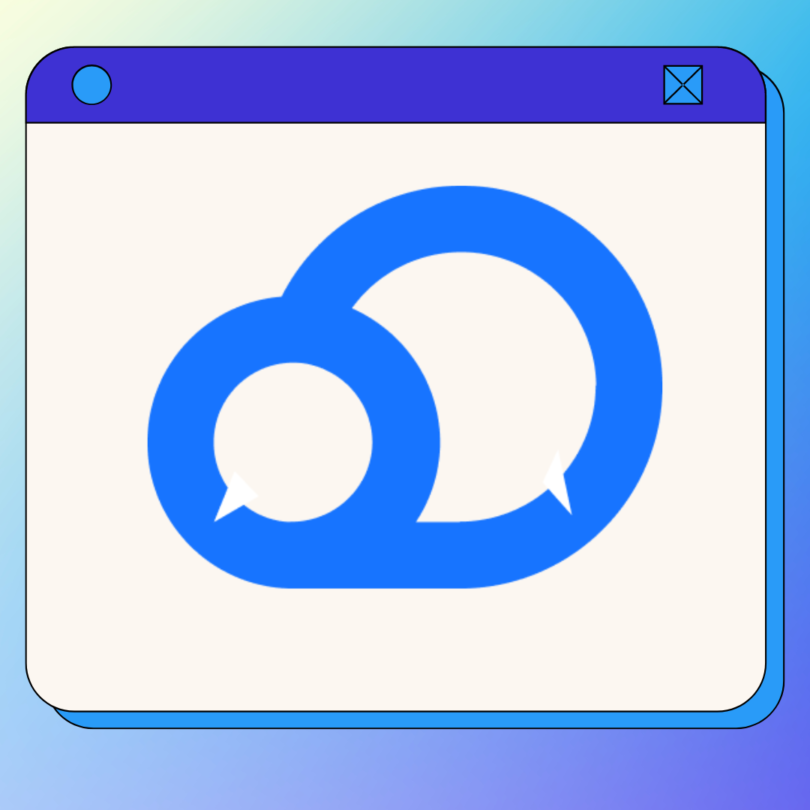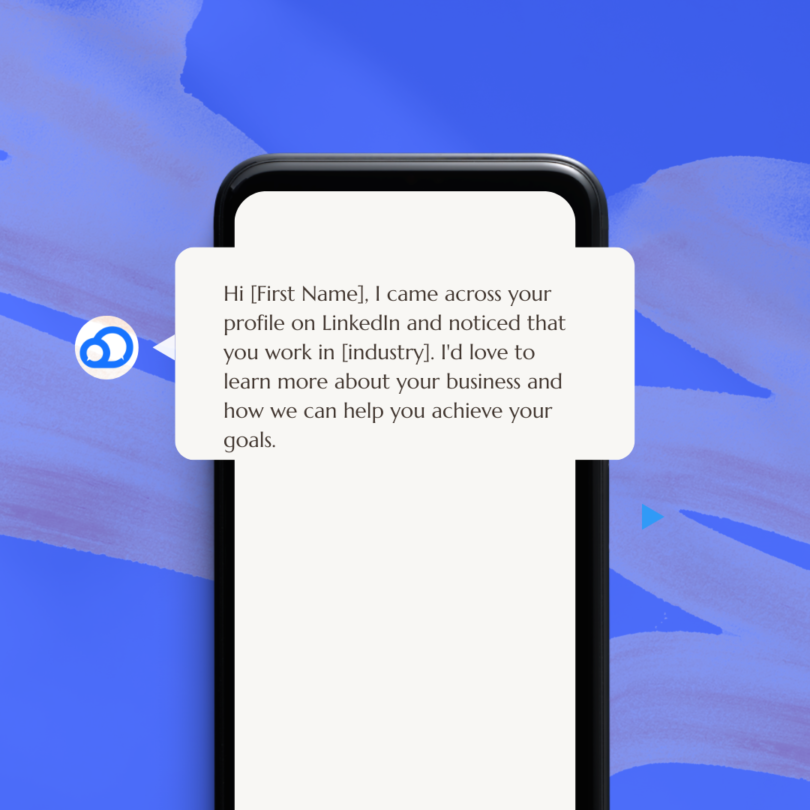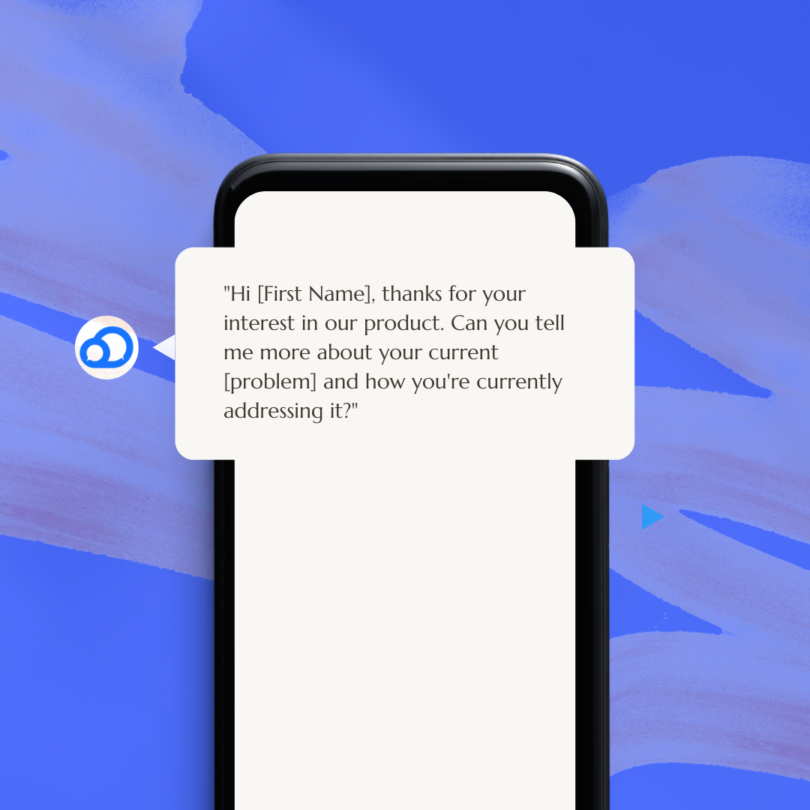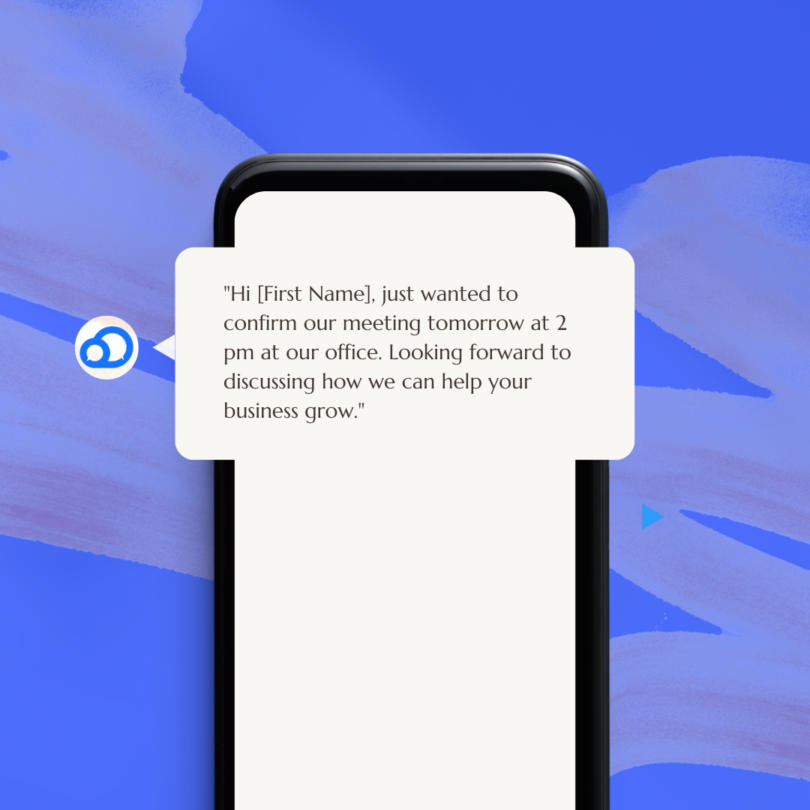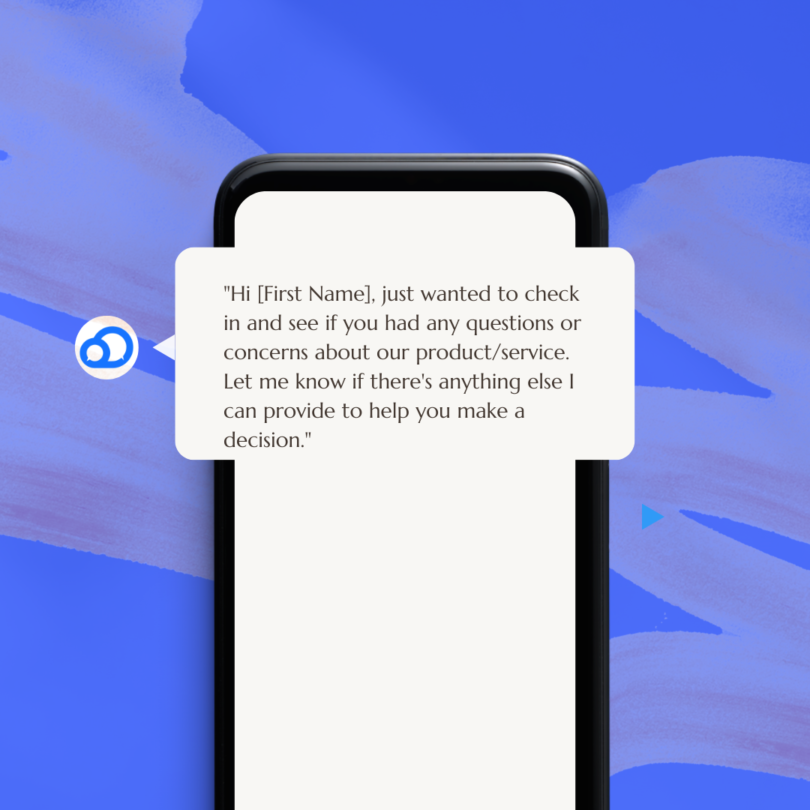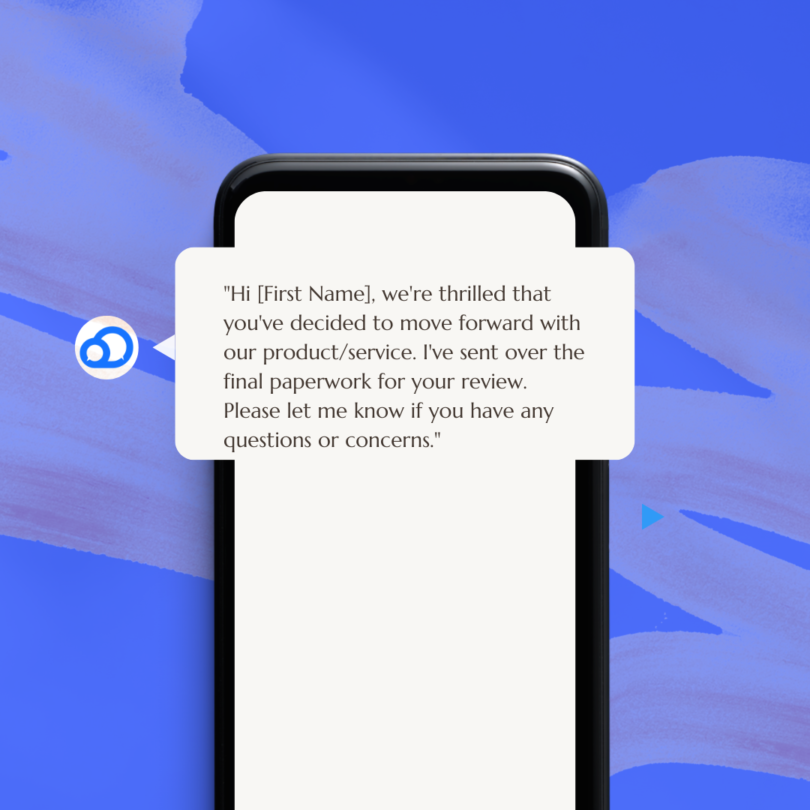Sales Text Messaging
With the rise of mobile devices and the constant connectivity they provide, text messaging has become an integral part of our daily lives. As consumers, we are accustomed to receiving and responding to text messages, making it a natural communication channel for businesses to reach out to us.
One of the main advantages of text messaging is its immediacy. Unlike email or other forms of communication, text messages are delivered instantly and are read within seconds of being received. This makes text messaging an ideal tool for businesses looking to engage with their customers in real-time.
The statistics on the effectiveness of text messaging in sales are also compelling. As mentioned, a report by MobileSquared found that text messages have an open rate of 98%, with 90% of messages being read within 3 minutes of being received. This is significantly higher than email open rates, which typically range from 20-30%.
Another advantage of text messaging is its versatility. Text messages can be used at every stage of the sales cycle, from lead generation to closing deals. They can be used to provide information, answer questions, confirm appointments, and follow up with customers.
Salespeople can effectively use business texting in their sales workflow by understanding the importance of communication channels with potential customers. Business texting has emerged as a valuable tool for connecting with both potential and existing customers. It allows for quick and direct communication, with an impressive average response time of 90 seconds and a response rate of 45%. This rapid and efficient mode of communication enables salespeople to engage with new prospects promptly.
Facilitating Actions
Texts and emails play a crucial role in facilitating actions and driving conversions during the Action phase. To maximize the effectiveness of these communication channels, it is important to make it easy for recipients to take immediate action after engaging with your messages.
One way to achieve this is by allowing leads to schedule appointments directly through SMS. By providing a seamless experience, customers can effortlessly book appointments by simply sending a text message. In addition, incorporating smart reply chips, such as Google’s Business Messages, can assist customers in quickly responding to prompts and making appointment requests.
A text funnel is a specialized approach within marketing designed to lead a potential customer through various stages of engagement, using text messaging as the primary communication tool. This methodology strategically employs SMS or text messages at each phase to nurture leads, provide information, and ultimately drive the consumer toward a specific action, such as making a purchase or signing up for a service.
The relationship between a text funnel and a marketing funnel is found in their shared purpose to optimize customer engagement and increase conversions. Both types of funnels aim to convert prospects into customers by guiding them through a series of predetermined steps. However, a text funnel specifically leverages the immediacy and personal touch of text messaging, making it a subset of the broader marketing funnel strategies which may also include email, social media, and other channels. Thus, a text funnel is essentially a focused application within the larger framework of comprehensive marketing funnels, tailored to capitalize on the direct and swift nature of texting.
Try Our Premium SMS Platform for Free!
Ready to take advantage of the many benefits that SMS (text messaging) has to offer?
Sign up for our 14-day free trial today to start boosting engagement, increasing open-rates, and making sales. Do more with CloudContactAI.
Sales Text Message Examples
Text messaging is a versatile tool that businesses can effectively utilize in the Decision phase of a marketing funnel. It offers numerous opportunities for sales, allowing businesses to initiate personalized conversations with potential customers and nurture relationships. By leveraging the immediacy and directness of text messages, businesses can build trust, demonstrate expertise, and move prospects further along the sales journey.
In post-sales account management, text messaging plays a pivotal role in maintaining engagement with current customers. Businesses can use text messages to address any concerns, provide valuable information, and keep customers informed about new offerings. This direct and personalized approach ensures that businesses stay top-of-mind and actively guide customers towards further purchases and loyalty. By harnessing the power of text messaging in post-sales interactions, businesses can enhance customer engagement and foster long-term relationships effectively.
However, it’s important to note that emails also play a crucial role in the Decision phase. They offer a more in-depth and comprehensive medium for businesses to provide detailed information and add context to their leads’ relationships. By employing certain strategies, businesses can maximize the impact of their emails and better propel leads from the decision phase to the action phase.
Here are some common examples of sales related text messages:
The Lead Generation Text:
The first step in the sales funnel is lead generation. Text messaging can be an effective way to reach out to potential customers and start a conversation. A lead generation text should be personalized and inviting. Here’s an example of a lead generation text:
To further enhance your efforts in gathering contacts at the top of the funnel in a text messaging campaign, consider incorporating these actionable strategies:
1. Keywords: Utilize an SMS keyword, a specific word or phrase that potential customers can send to a 10-digit number or a designated text shortcode. This simple action signs them up for future SMS marketing campaigns, ensuring you capture interested leads immediately.
2. Web Forms: Leverage the power of your online presence by integrating web sign-up forms on your website. This allows visitors to easily subscribe to your text marketing campaigns by entering their information into the form and clicking ‘subscribe now.’ It’s a seamless way to convert regular website traffic into potential leads.
3. Mobile Sign-Up Widgets: Customize and embed a sign-up widget on your website. When interacted with, this widget automatically populates a text message on the user’s mobile device with your SMS keyword pre-filled. All they need to do is press send to subscribe, making it an incredibly user-friendly way to grow your contact list.
The Qualifying Text:
After making initial contact with a lead, it’s important to qualify them to see if they’re a good fit for your product or service. A qualifying text should ask specific questions to gather information about the lead’s needs and pain points. Here’s an example of a qualifying text:
The Meeting Confirmation Text:
Once you’ve qualified a lead, it’s time to schedule a meeting. Use text messages to confirm the meeting time and location, and provide any additional information they may need. Here’s an example of a meeting confirmation text:
The Follow-Up Text:
Even after presenting your product or service, it’s important to continue following up with your lead. Use text messages to address any concerns they may have and provide additional information as needed. Here’s an example of a follow-up text:
The Closing Text:
Once a lead has expressed interest in your product or service, it’s time to close the deal. Use text messages to provide any final information and confirm the sale. Here’s an example of a closing text:
Closing Thoughts
Text messaging has revolutionized the sales process by providing businesses with a direct and immediate channel to engage with customers at every stage of the sales funnel. From lead generation to closing the deal, the power of text messages lies in their ability to personalize communication, capture attention, and foster meaningful interactions.
The appropriate time to start using texts, emails, and calls in a marketing funnel depends on the specific phases of the funnel and the consent of the leads. Communication channels play a crucial role in guiding leads through the marketing funnel and achieving successful outcomes. It is important to align the use of these channels with the corresponding phases in order to provide tailored experiences that cater to the leads’ current intent levels, which helps to keep them moving forward.
In the initial phase of the marketing funnel, known as the Attention or Awareness phase, the focus is primarily on introducing potential leads to your brand and increasing brand visibility. During this phase, it is recommended to utilize marketing efforts such as social media campaigns and content marketing to attract customers’ attention. Texts, emails, and calls are generally not used in this phase due to federal regulations and good lead communication etiquette, which require leads to have opted in and be aware of your brand before initiating direct communication.
By utilizing well-crafted sales text messages, businesses can establish rapport, qualify leads, confirm meetings, present proposals, address concerns, and ultimately drive conversions. The high open rates and quick response times associated with text messages make them a valuable tool for enhancing customer engagement and accelerating the sales cycle. Incorporating text messaging into your sales strategy can unlock new opportunities for building relationships, increasing sales, and delivering exceptional customer experiences.
So, harness the power of text messages and unlock the potential for sales success in today’s fast-paced digital landscape.
Not sure if you’re ready to revolutionize the way your business communicates? Sign up for our 14-day free trial!
What do you have to lose?

